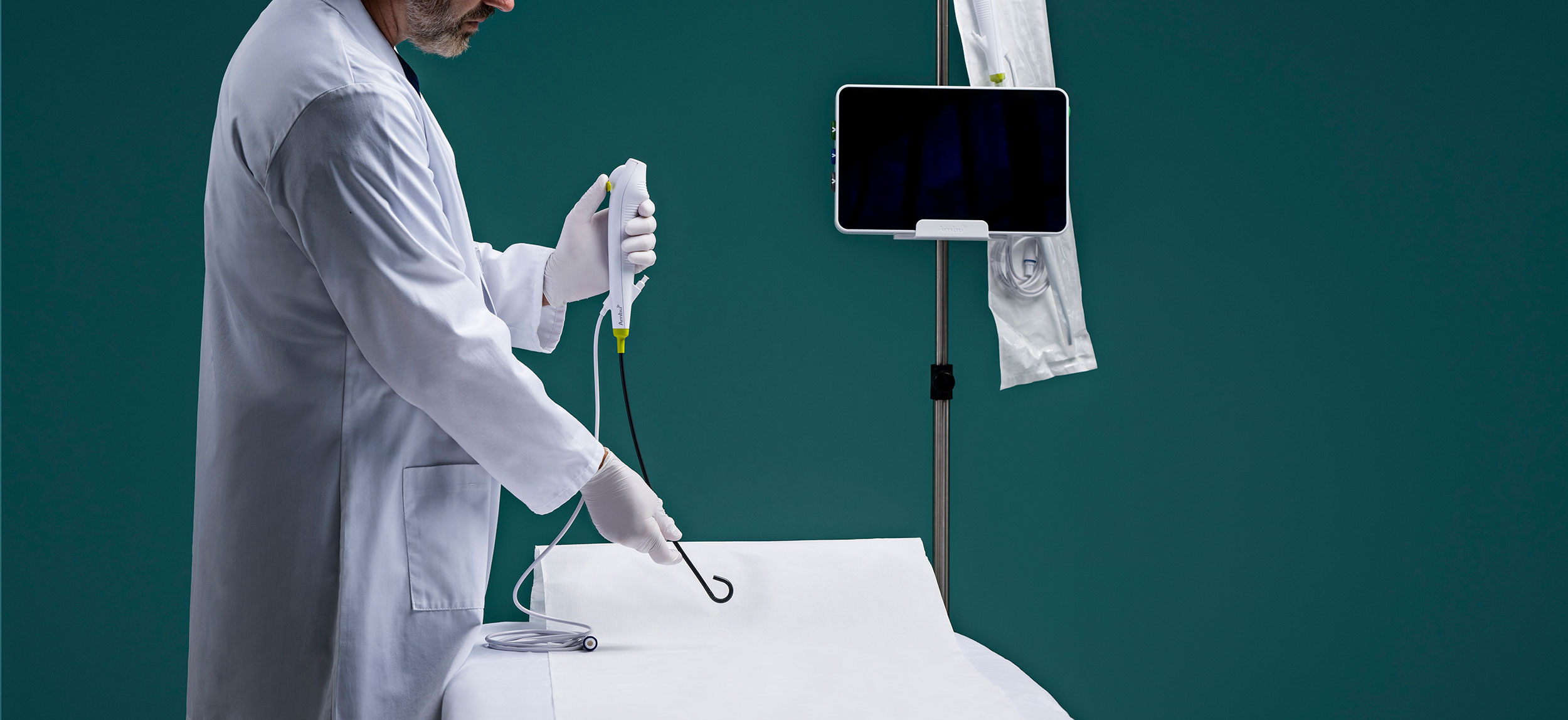
Endoscope drying is one of the key components of patient safety when it comes to reprocessing, yet experts say current guidelines are inconsistent and can be confusing for staff.
“Any imperfection in the endoscope cleaning process — inadequate cleaning and disinfection, insufficient drying, or inadequate storage — could result in post-endoscopic infections for the patient,” according to a column in EndoPro Magazine. A standardized process could “ensure safe, reprocessed, patient-ready endoscopes.”
The importance of endoscope drying was first noted in a 1982 study by Dr. Dale N. Gerding and others, according to the story. That research showed that 31 percent of stored endoscopes were contaminated with bacteria — a number that dropped to 5 percent when forced-air drying was introduced.
Currently, there is no standardization of endoscope drying, so some facilities have a designated drying and storage area with automated drying cabinets, while others use only a standard storage cabinet. Endoscopy units can decide on endoscope drying procedures for themselves, typically based on the department’s capacity and budget.
Although there are many regulations around the reprocessing of endoscopes, the drying process has not been a focus, despite its critical patient safety role.
AORN recommends that when drying cabinets are unavailable, flexible scopes can be stored in a closed cabinet that enables HEPA filtered air that can provide positive pressure and allow for air circulation around the scopes.
Single-use endoscopes, like those invented by Ambu, eliminate the need for reprocessing and repairs, along with the risk of cross-contamination.


